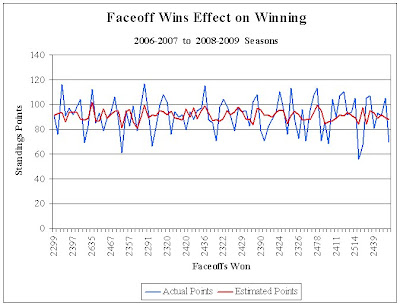When Brett came to the Dallas Stars I was around 12 years old and was about to start my first year of pee-wee hockey. I was going to play for the Dallas Jr. Stars that year, but had to make a very important decision on the number that I would wear. I had a lot of idols to choose from, but once Golden Brett announced his signing to my favorite team, his #16 was a no brainer choice. Yes, the "Little Ball of Hate" Pat Verbeek was already #16 on the Stars so Hull had to wear #22, but that didn't matter to me, because as a Hull fan he was always going to be seen as #16 to me(after Verbeek left the Stars Hull did reclaim his famed number - though he did win the cup as #22 and lost as #16 but that's a whole new discussion).
Brett did not disappoint on the ice in his time in Dallas between winning the Cup in Buffalo, delivering an unbelievable opening to the new millenium, netting his 600th and 601st goals on New Year's eve and ushering in the Hullenium, and many others before and after. Off the ice, Brett was funny and engaging and was simply likable. Hull said recently "I got to play with wonderful players, and I made sure when I played I was just having fun. I figured if I was having fun, then the game was going to go the right way for me." That kind of attitude is what made Hull a special player and a special guy.
The second piece of news that interested me this week was the retirement of Brendan Shanahan. As a guy that I always had to watch as an opponent to my teams (as a native Coloradan I have hoped on the Avs bandwagon when the Stars were out of contention) I was a bit scared when he was on the ice. He seemed to always make something happen, with either a big hit or just occupying space in front of the net, but he also had the ability, much like Brett, to get lost on the ice and then reappear as he was following through on a one-time that ended up in the back of the net. In addition to his undeniable knack to score goals, Shanahan was one tough S.O.B.
When I heard Shanny was retiring I immediately went to hockeydb to look at his career stats to think about whether he will be a hall of fame inductee. In my estimation, and likely anyone who follows hockey, he will be a shoe in. The most striking statistics that Shanahan put together were that while he amassed a total 656 goals, he also managed to spend 2,489 minutes in the penalty box. No other NHL player has gained entry into the 600/2000 club, which means Brendan Shanahan is a BEAST. The 600/2000 club, or for now "Club Shanny" has become a fascinating idea of study for me. Considering that I label myself as a fan of the economics of the game, I though I would turn this fascination into something quantitative. The question that I wanted answered was, controlling for games played, who else should, would, or is likely to join Club Shanny. Below is a table listing the career stats of every NHL player who has scored at least 600 goals, and a few other players who on my own intuition I thought may be on pace to make the 600/2000 mark.
The blue shading shows players who at their per game pace of scoring and sitting in the penalty box would or will join Club Shanny if they do or had played in the same 1,524 games as Brendan (The names in red signify active players). Cam Neely was really no surprise to me for goal scoring or shenanigans, but I really let it creep out of my mind what an offensive talent that Tkachuk had. The two other guys that I think should get mentioned for the offensive might, and general ruggedness are Pat Verbeek and Rick Tocchet. Had each of them made it to play 1500+ games, they were dangerously close to being on pace for 600 goals and yes, 3000 penalty minutes! That's the equivalent of spending 50 entire games in the penalty box. I guess you don't end up looking like Tocchet or being called the Little Ball of Hate for nothing. Impressive stuff guys.



